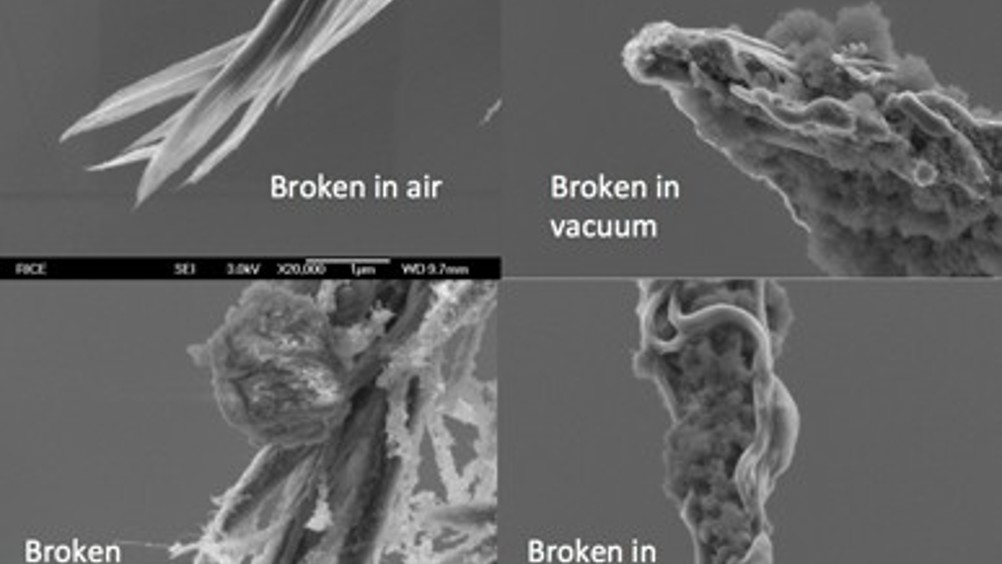Carbon nanotube-based cables carry four times the current of copper
Carbon nanotube-based fibres invented at Rice University have greater capacity to carry electrical current than copper cables of the same mass, according to new research.

While individual nanotubes are capable of transmitting nearly 1,000 times more current than copper, the same tubes coalesced into a fibre using other technologies fail long before reaching that capacity.
However, a series of tests at Rice showed that wet-spun carbon nanotube fibre out performed copper, carrying up to four times as much current as a copper wire of the same mass.
That, the researchers claim, makes nanotube-based cables an ideal platform for lightweight power transmission in systems where weight is a significant factor, such as in aerospace applications.
The analysis led by Rice professors Junichiro Kono and Matteo Pasquali have appeared in Advanced Functional Materials.
Present-day transmission cables made of copper or aluminium are heavy because their low tensile strength requires steel-core reinforcement.
The ideal cable would be made of long metallic ‘armchair’ nanotubes that would transmit current over great distances with negligible loss, but such a cable is not feasible because it’s not yet possible to manufacture pure ‘armchairs’ in bulk, Pasquali said in a statement.
Register now to continue reading
Thanks for visiting The Engineer. You’ve now reached your monthly limit of news stories. Register for free to unlock unlimited access to all of our news coverage, as well as premium content including opinion, in-depth features and special reports.
Benefits of registering
-
In-depth insights and coverage of key emerging trends
-
Unrestricted access to special reports throughout the year
-
Daily technology news delivered straight to your inbox










Water Sector Talent Exodus Could Cripple The Sector
Maybe if things are essential for the running of a country and we want to pay a fair price we should be running these utilities on a not for profit...